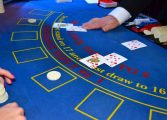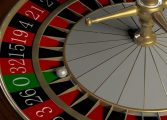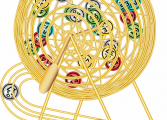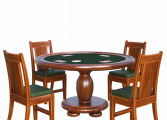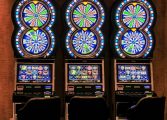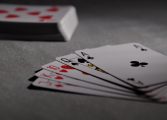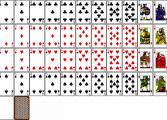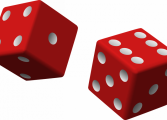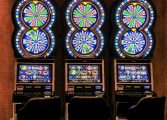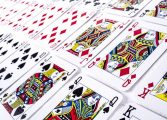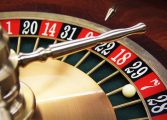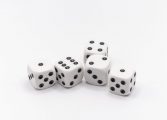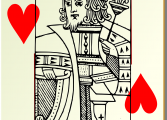Blackjack Counting Cards: A Comprehensive Guide for Casino Enthusiasts
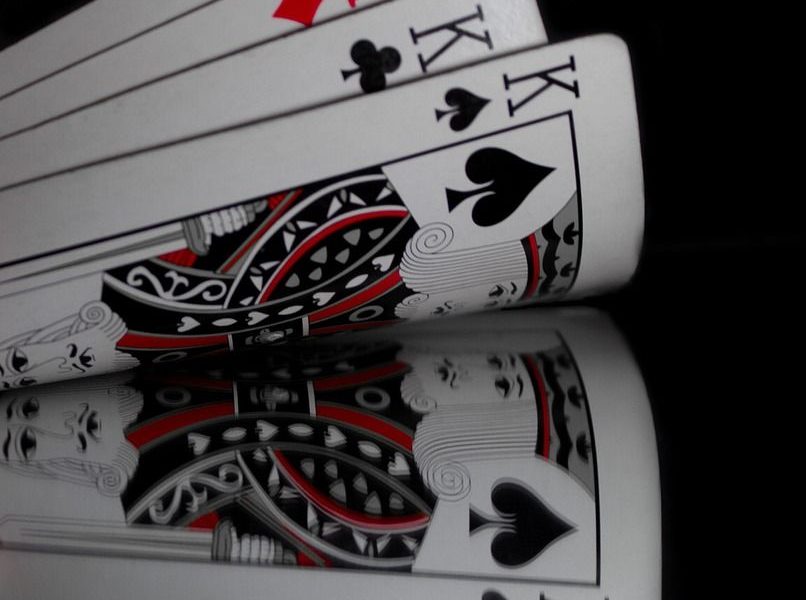
Introduction
Welcome to our blog dedicated to casino games and gambling! In this article, we will delve into the fascinating world of Blackjack counting cards. Whether you are a seasoned casino player or just starting to explore the world of gambling, this guide will provide you with the necessary knowledge to understand and appreciate the art of counting cards in Blackjack. Let’s dive in!
Understanding Blackjack Counting Cards

Blackjack counting cards is a strategic technique used by skilled players to gain an advantage over the casino. By keeping track of the cards that have been dealt, players can make more informed decisions about their bets and potential outcomes. This technique is legal, although casinos frown upon its use and may employ countermeasures to prevent skilled players from gaining an edge.
There are different card counting systems, but they all involve assigning a value to each card based on its rank. Low cards, such as 2 to 6, are assigned a positive value, while high cards, such as 10 to Ace, are assigned a negative value. The idea is to keep a running count as the cards are dealt on the table, and make bets accordingly.
However, mastering the art of card counting requires practice and dedication. Players must be able to count quickly and accurately, without arousing suspicion from dealers and casino personnel. It is important to note that card counting does not guarantee a win in every round but rather increases the likelihood of making profitable decisions.
Historical Evolution of Blackjack Counting Cards
The history of card counting in Blackjack is intriguing and has evolved significantly over time. Its origins can be traced back to the 1960s when mathematician Edward Thorp published his groundbreaking book, “Beat the Dealer.” Thorp’s work introduced the concept of card counting to the public and provided a mathematical framework for understanding the game’s dynamics.
Thorp’s book ignited significant interest in Blackjack and paved the way for the first generation of card counters, who successfully applied his strategies in casinos across the world. However, the casinos soon caught on, and countermeasures were implemented, including the introduction of multiple decks and shuffling machines.
Despite these challenges, card counting continued to evolve, and new systems were developed to adapt to the changing landscape. The Hi-Lo system, developed by Harvey Dubner and Julian Braun, revolutionized card counting in the 1970s. This system simplified Thorp’s original method and made it more accessible to a wider audience.
As technology advanced, so did the techniques used in card counting. Today, players can utilize smartphone applications and computer simulations to practice and improve their skills. However, it is important to note that casinos have also implemented sophisticated surveillance systems to identify and discourage card counters.
Tips for Successful Card Counting
If you are interested in trying your hand at card counting, here are some essential tips to keep in mind:
1. Practice, practice, practice: The key to becoming a successful card counter is constant practice. Start with simple systems and gradually progress to more advanced techniques.
2. Maintain a low profile: Casinos are quick to identify card counters. Avoid drawing attention to yourself by keeping a low profile and adopting a natural betting pattern.
3. Manage your bankroll: Card counting is not a guaranteed path to riches. Manage your bankroll wisely and set limits to minimize potential losses.
4. Stay disciplined: Emotions can cloud judgment. Stick to your strategy and avoid deviating based on hunches or superstitions.
5. Be aware of casino countermeasures: Casinos employ various tactics to identify and deter card counters. Be prepared and understand the risks involved.
[Here, you can insert a video providing visual illustrations or demonstrations of card counting techniques, further enhancing the informative nature of the article.]
Conclusion
Blackjack counting cards remains a captivating strategy that challenges both the mind and the odds. While mastering this skill requires dedication and practice, it can significantly enhance your chances of success in Blackjack. Remember, however, that card counting is not a foolproof method, and casinos may take measures to deter skilled players. Approach the game with respect, discipline, and a thorough understanding of its rules and strategies. Good luck and happy counting!






